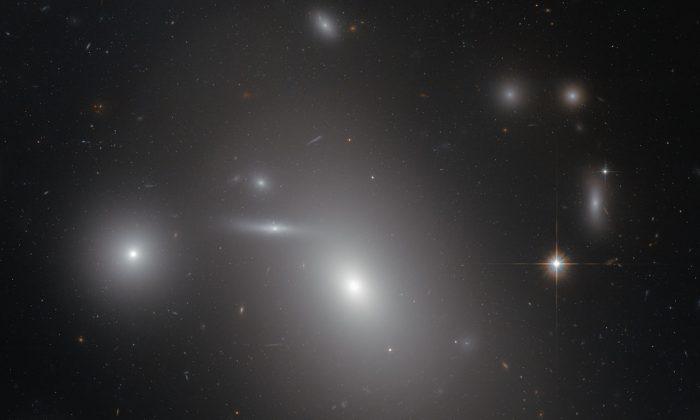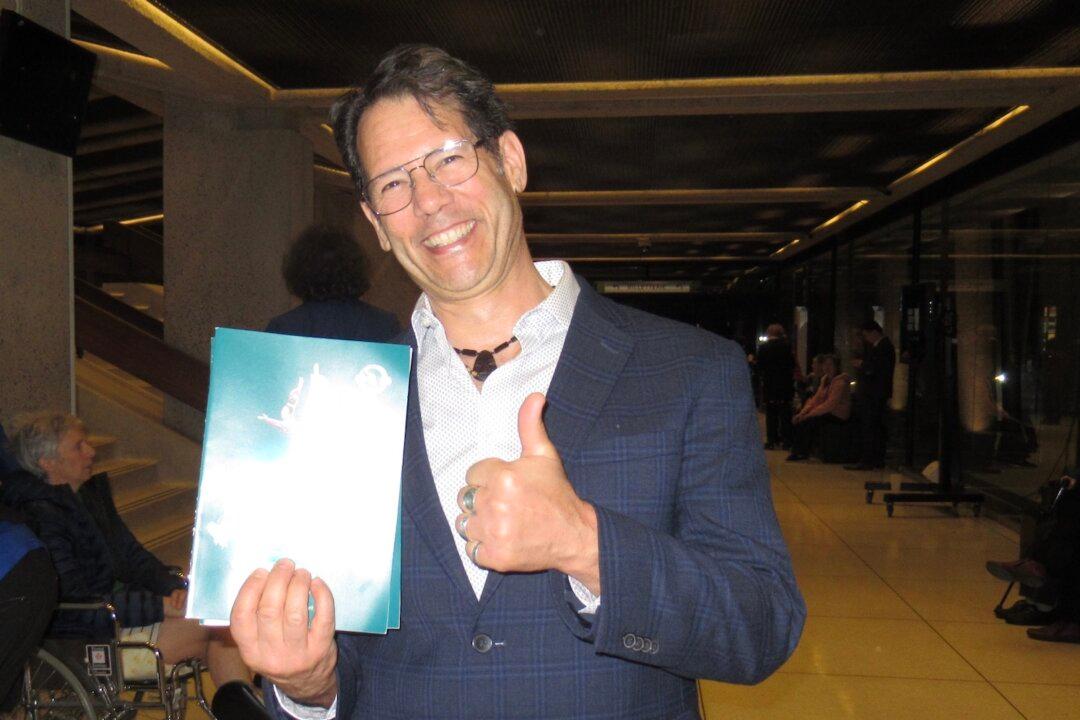A gigantic black hole was discovered by the Hubble Space Telescope.
Situated in the NGC 4889 galaxy, which is situated about 300 million light-years away from Earth, the black hole has an event horizon—the surface at which even light cannot escape its gravitational grasp—with a diameter of approximately 130 billion kilometres, according to the European Space Agency.
“This is about 15 times the diameter of Neptune’s orbit from the Sun. By comparison, the supermassive black hole at the centre of our galaxy, the Milky Way, is believed to have a mass about four million times that of the Sun and an event horizon just one fifth the orbit of Mercury,” it noted in a statement.
The black hole in the past devoured dust and stars.

“When it was active, NGC 4889’s supermassive black hole was fueled by the process of hot accretion. When galactic material—such as gas, dust and other debris—slowly fell inwards towards the black hole, it accumulated and formed an accretion disc,” the agency explained.
“Orbiting the black hole, this spinning disc of material was accelerated by the black hole’s immense gravitational pull and heated to millions of degrees. This heated material also expelled gigantic and very energetic jets. During its active period, astronomers would have classified NGC 4889 as a quasar and the disc around the supermassive black hole would have emitted up to a thousand times the energy output of the Milky Way.”
But the black hole has stopped “feeding” and is currently “resting.”
“The environment within the galaxy is now so peaceful that stars are forming from its remaining gas and orbiting undisturbed around the black hole,” according to the space agency.






Friends Read Free